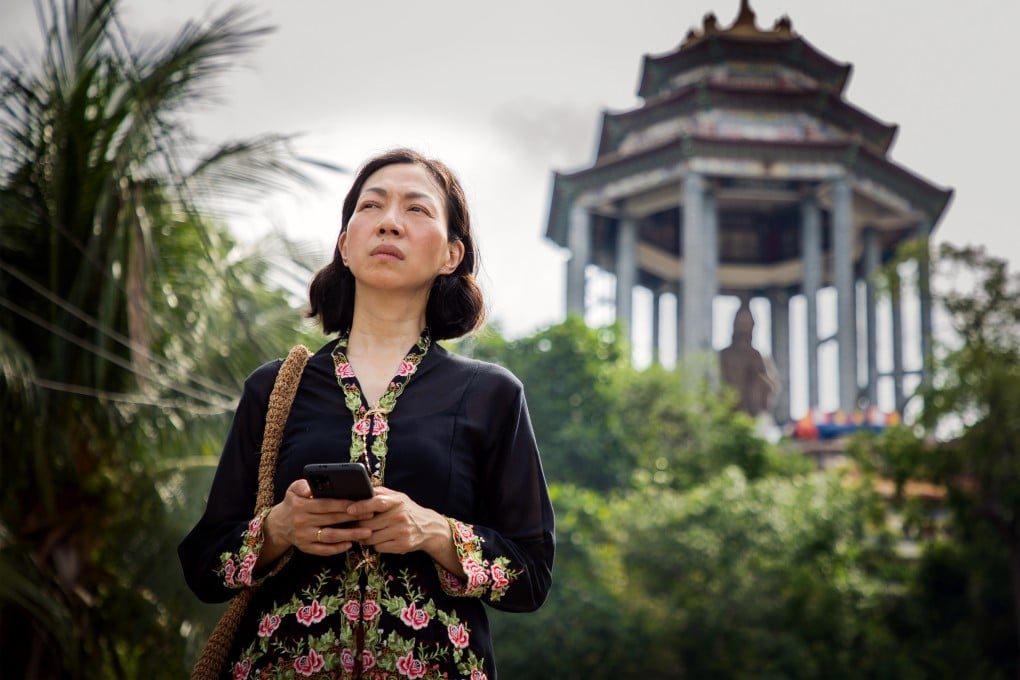Why film on Malaysian history’s darkest day, Snow in Midsummer, about the deadly 1969 sectarian riots, was so hard to make
- On May 13, 1969, riots broke out in Kuala Lumpur that left as many as 600 civilians dead, mostly ethnic Chinese, with few who survived willing to talk about it
- Director Chong Keat Aun reveals the many challenges in making the film and how it is yet to pass Malaysia’s censors, despite having been shown worldwide

When Malaysian filmmaker Chong Keat Aun was young, his grandmother would make sure that he came home on time at night by warning him of a mysterious “513”.
“She’d say, ‘You better come home quickly. If you don’t come home and 513 happens again, you’ll lose your lives,’” Chong says. “As children, we only knew it as three numbers, so it was almost like this weird monster.”
Years later, he would discover that 513 referred to the darkest day in Malaysia’s history: May 13, 1969.
On that day, sectarian riots broke out in the capital, Kuala Lumpur, after the Democratic Action Party and Parti Gerakan – both mostly ethnically Chinese political parties – made gains in the general election against the governing coalition, the Alliance Party.
As tensions between ethnic Malays and non-Malays erupted, violent clashes left hundreds of civilians dead, with most being ethnic Chinese.
While official reports place the death toll at 196, other sources say the number is closer to 600.